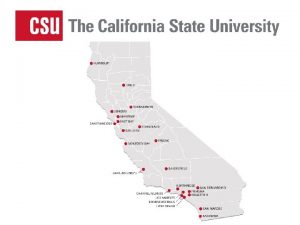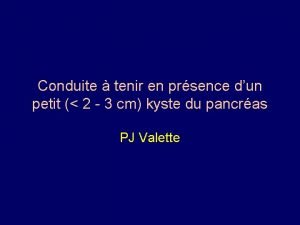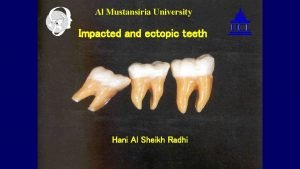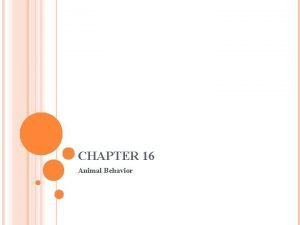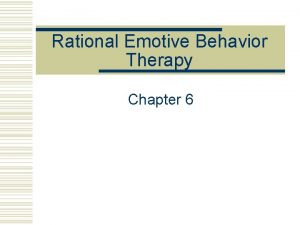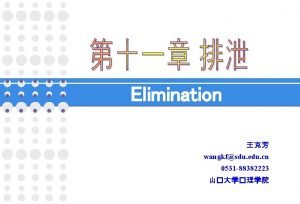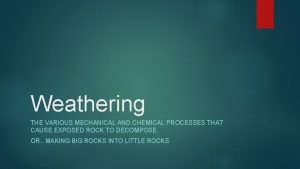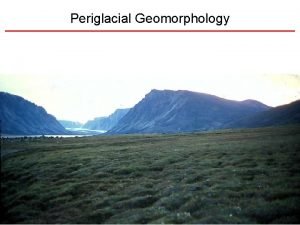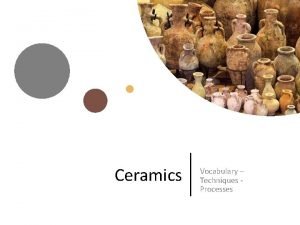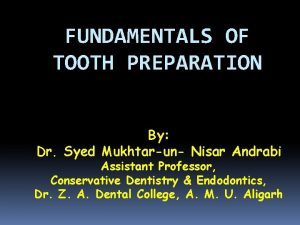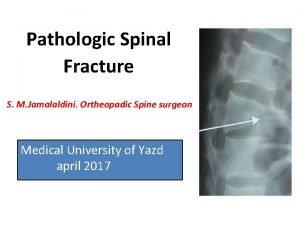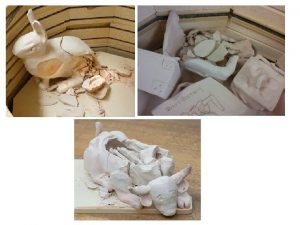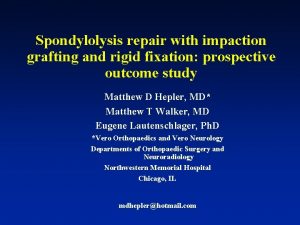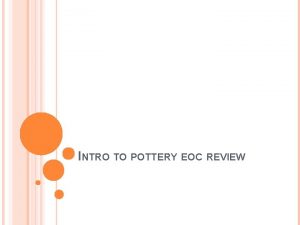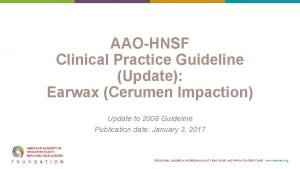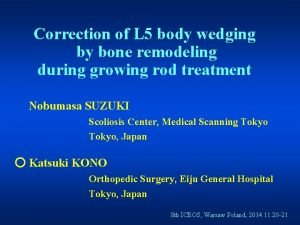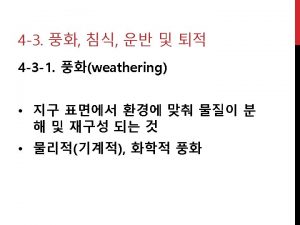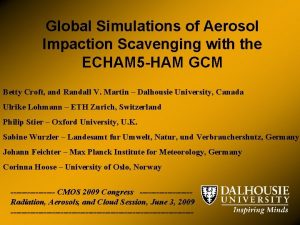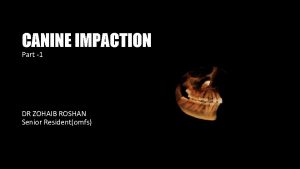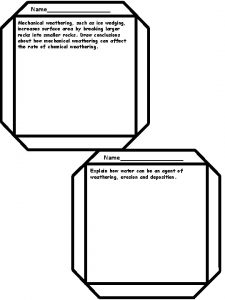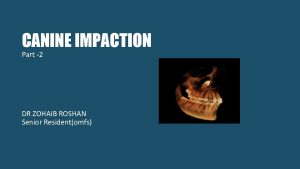FOOD IMPACTION It is defined as forceful wedging





















- Slides: 21

FOOD IMPACTION It is defined as forceful wedging of food into the periodontium.

ETIOLOGY • Anatomy related • Inadequate Interproximal restoration • Prosthetic related • Implant related

ANATOMIC RELATED • Diastema • Tooth movement • Occlusion discrepancy • Inerdental papilla support/recession

INADEQUATE INTERPROXIMAL RESTORATION • Inappropriate design of marginal ridge&contact area

PROSHTHETIC RELATED Proximal filling related Fractured restoration Inadequate prosthetic crown Faulty design impression/laboratory procedure fabrication • Fractured of prosthesis at proximal contact • •

IMPLANT RELATED • Excessive distance between implant/implant &adjacent tooth • Inappropriate distance between contact point &alveolar bone crest(3 mm for adjacent implant&3 -5 mm for adjacent tooth -implant)

POSSIBLE ETIOLOGY OF PAIN • Pressure on periodontal tissue(propriorecepter in PDL) • Pulapal irritation through exposed dentinal tubules

SIGNS Proximal contact may be open Interdental papilla flattened/absent Plunger cusp apparent in opposing tooth In compatible marginal ridges of prosthetic crown of adjacent tooth • Food accumulation in proximal region • •

SYMPTOMES • Discomfort • Bad taste&Halitosis • Pain

INVESTIGATION • Inquire about the nature of pain • History of food impaction • Visual inspection/oral examination • Radiograph (IOPA&Bite wings)

DIAGNOSIS • Pts description of the problem&pain history • Clinical examination • Exclusion of pulpal involvement

D/D • Pulpitis (Acute) • Acute periodontitis

TREATMENT • Acute phase treatment • Creating proper proximal contact area • Special wedging techniques for direct restoration

ACUTE PHASE TREATMENT • Debride with/without local anesthesia • Motivate pts to clean the interdental area using any appropriate methods

CREATING PROPER PROXIMAL CONTACT AREA • Reproduce the anatomic proximal contact area and contours • Always creating a possible tight contact

SPECIAL WEDGING TECHNIQUES • Piggy back wedging • Double wedging • Wedge wedging

MCQ-1 • Which is the following a possible anatomic factor responsible for food impaction? (a)fractured restoration (b)proximal restoration (c)faulty design crown (d)occlusion discrepancy

MCQ-2 • How much distance between implant and adjacent tooth is ideal for fabrication of crown to prevent food impaction? (a)1 -2 mm (b)3 -4 mm (c)4 -5 mm (d)5 -6 mm

MCQ -3 • Which is best radiological methods to diagnose interproximal carious lesion? (a)intra oral peri apical (b)panaromic (c)occlussal (d)bitewing

MCQ-4 • Which is the following a sign of food impaction in proximal area? (a)plunger cusp (b)discomfort (c)halitosis (d)pain

MCQ-5 • Which is the following a symptoms of food impaction in proximal area? (a)plunger cusp (b)food accumulation (c)bad taste (d)open proximal contact
 Inertial impaction
Inertial impaction Inertial impaction
Inertial impaction Impacted colon pictures
Impacted colon pictures Forceful argument examples
Forceful argument examples Csu impaction matrix
Csu impaction matrix Impaction mucoide
Impaction mucoide Inertial impaction
Inertial impaction Unerets
Unerets A forceful act used to dominate or control another animal
A forceful act used to dominate or control another animal Rebt therapy abcde model
Rebt therapy abcde model Impacted colon pictures
Impacted colon pictures Fast food can be defined as any food that contributes
Fast food can be defined as any food that contributes Collection of well defined objects
Collection of well defined objects Frontal wedging
Frontal wedging Frost action
Frost action Whats hydrolosis
Whats hydrolosis Frost wedging
Frost wedging Localized convective lifting definition
Localized convective lifting definition Plant action
Plant action Wedging definition ceramics
Wedging definition ceramics Simple tooth preparation
Simple tooth preparation Ovcf คือ
Ovcf คือ




